08th Dec 2022
"I believe that old age starts when the regrets are more than the dreams."
-Angelo Gaja
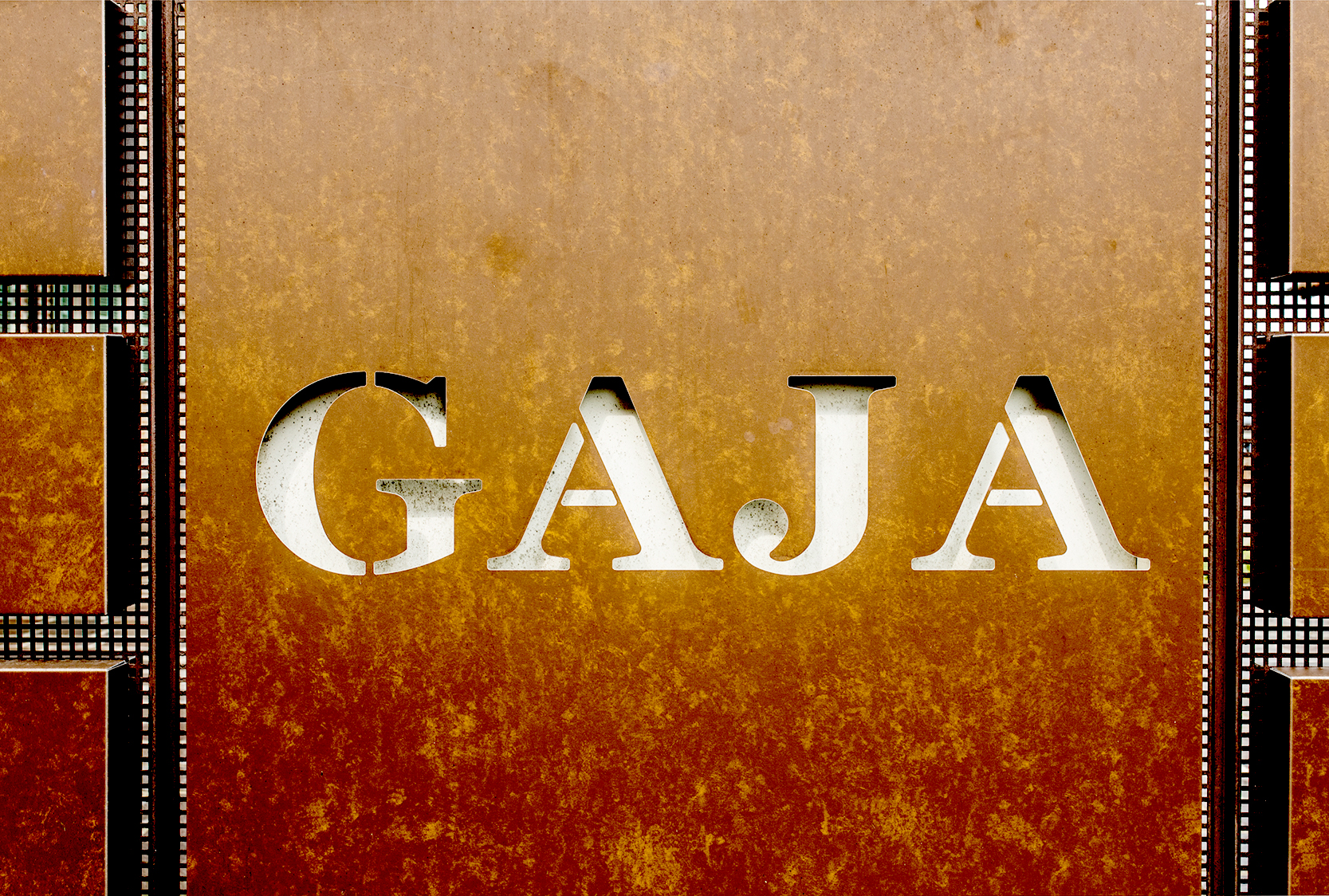
We are Gaja!
“Posso entrare?” I was in the tasting room of one of Italy’s foremost wine producers, Angelo Gaja, having respectfully asked if I might taste the wines alone first. After 40 minutes, he tapped on the glass door of his own tasting room. “May I come in?” We both burst into laughter. For me, this shows the generosity and humor of one of Italy’s greatest winemakers.
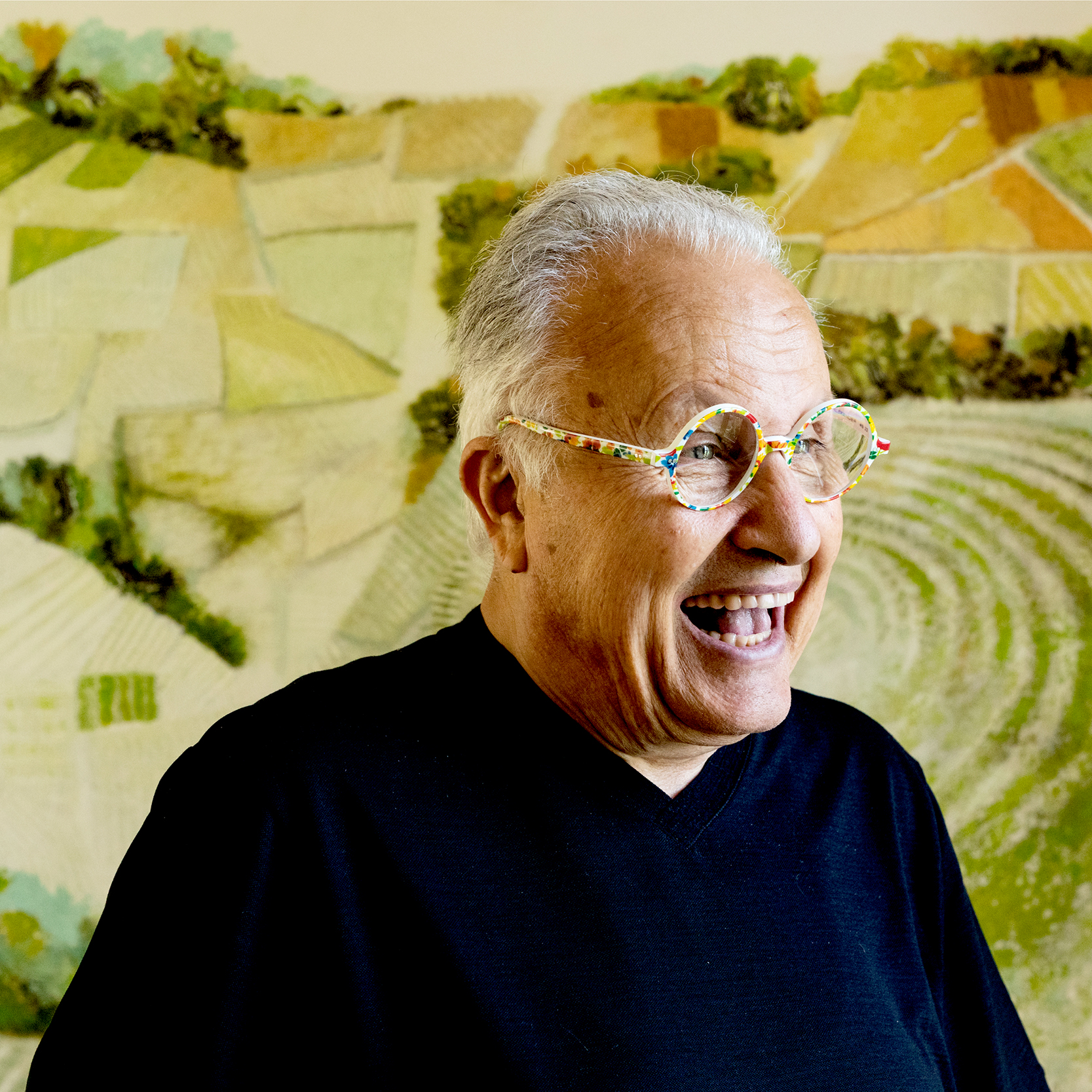
I visited Gaja last May in the beautiful village of Barbaresco, home to the Gaja family, where the family business started in 1859 with just two hectares of vineyards. It was under Angelo’s energetic and dynamic leadership in the 1970s that their wines rose to international fame. The Gaja family now owns 110 hectares in Piemonte, in Barbaresco (Barbaresco and Treiso), and in Barolo (Serralunga d’Alba and La Morra). Further south in Tuscany, their Pieve Santa Restituta estate in Montalcino covers 27 hectares of vineyard, and by the coast, their Ca’Marcanda estate in Bolgheri has plantings of Cabernet Sauvignon, Cabernet Franc, Merlot, Syrah, and Sangiovese that extend to 126 hectares.
At our meeting in May, dressed casually but elegantly in black with sparkling-rimmed reading glasses highlighting the twinkle in his eye, Gaja could almost be a famous Italian designer or film director, and in a sense, he is. He has designed, directed, and guided the family business to international stardom and, along the way, has given a massive boost to the reputation of Barbaresco wines.
Gaja is such a charismatic force of nature it is easy to overlook the level of hard work and determination it must have taken to arrive at these levels of achievement.
One should bear in mind that, after the Second World War, Barbaresco, like the rest of Piemonte was extremely poor. It was a place where grape growers had to wait in line in the main square of Alba, watching their grapes spoil in the heat as the merchants and negotiants waited for the grapes to deteriorate to drive the prices down. Indeed, Barolo producer Silvia Altare told me that when her father, Elio Altare, was a young man, winemakers could not very easily find a wife: “No young woman wanted to marry a winemaker because they were too poor... but now everyone wants to marry one!”
These days prime vineyard land in Barolo sells, on average, for 2.5 million euros per hectare, though in Barbaresco, it is a more affordable 1 million euros. Barolo and Barbaresco are now “must haves” on any major wine list.
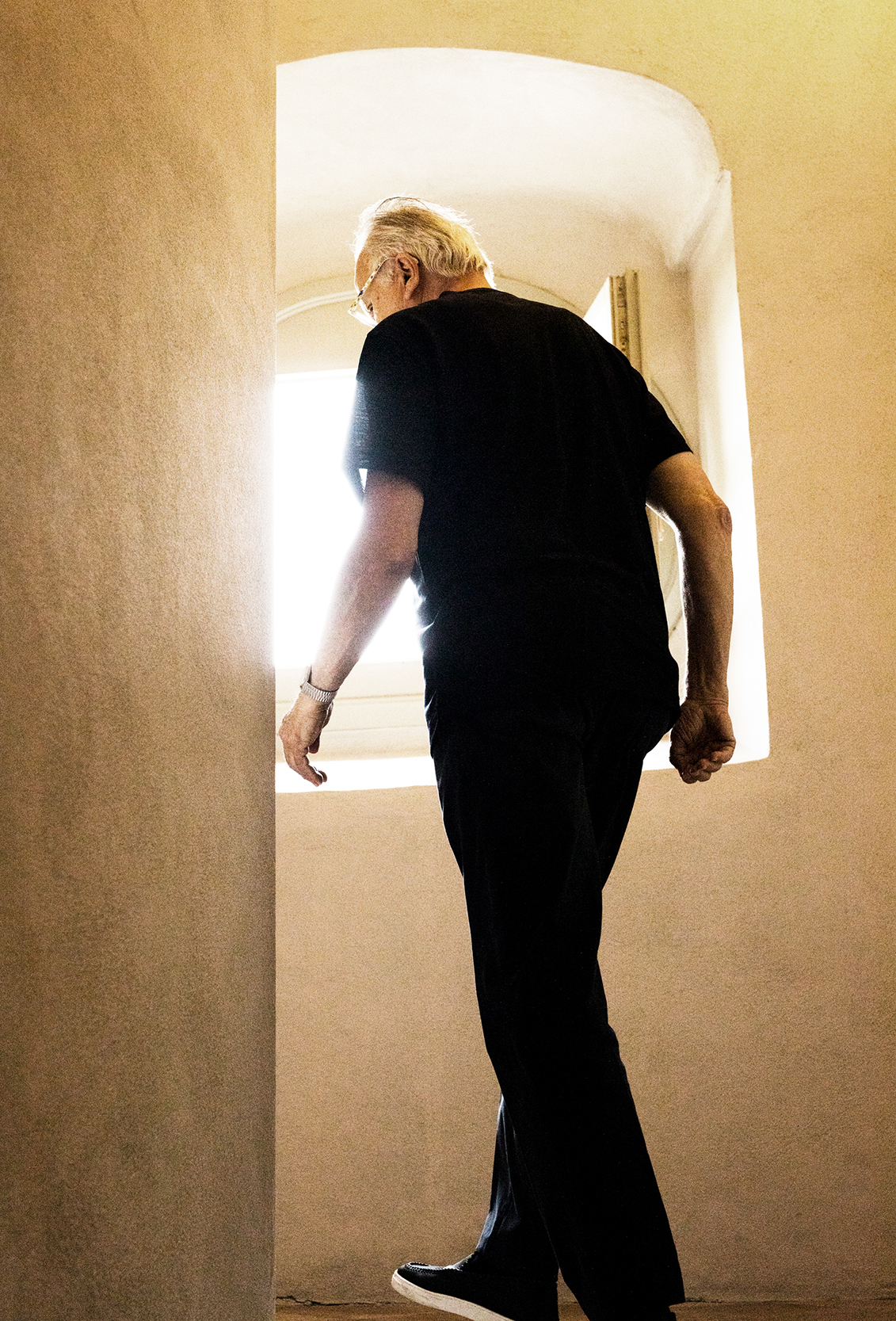
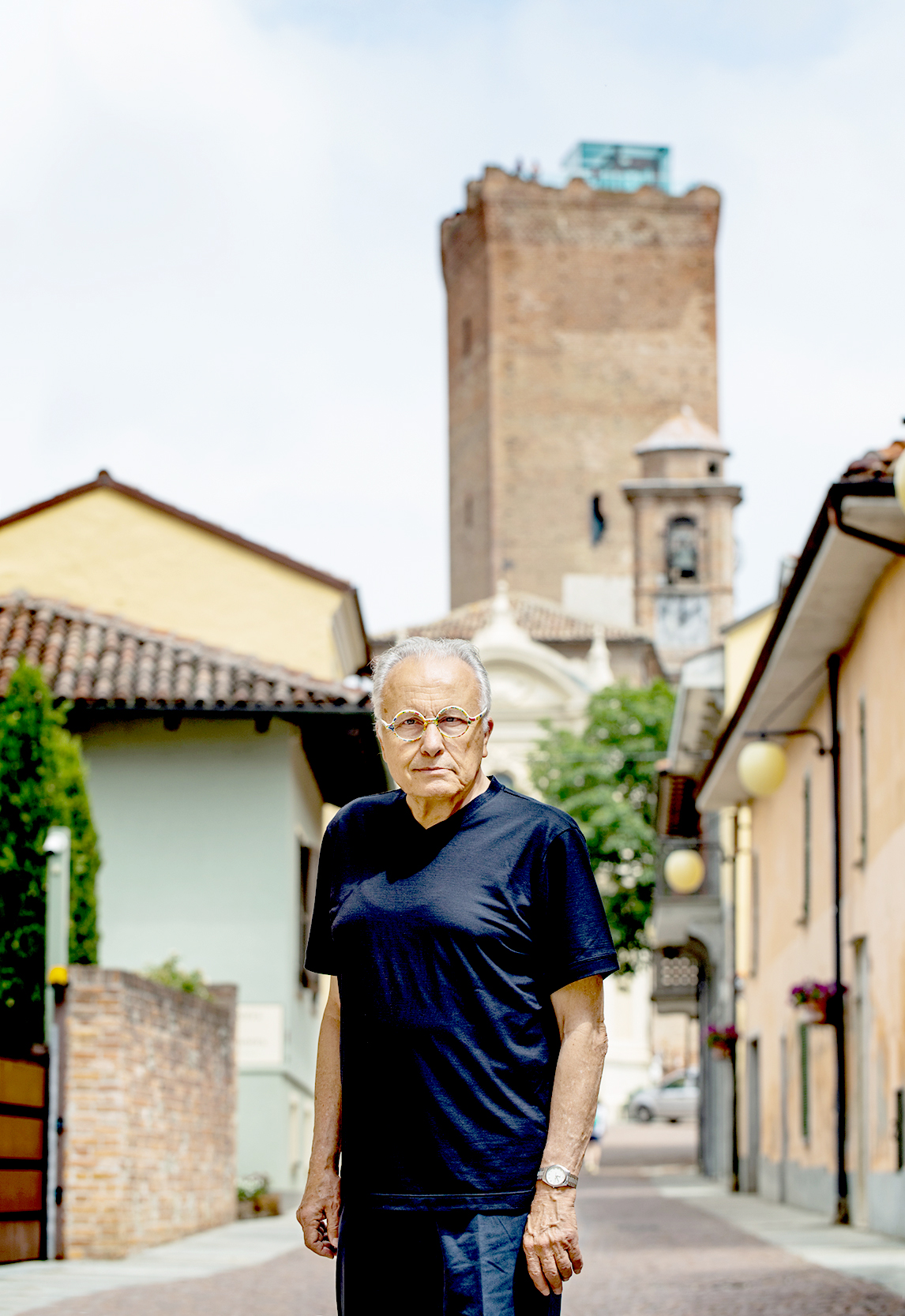
"Darmagi."
In 60-70 years – one man’s lifetime - Angelo Gaja has made his name world-renowned, and his wines now command prices that many producers can still only dream of. Some of the key steps he took were adventurous and controversial at the time. He was among the first to bottle and label single vineyard Barbaresco. He planted international grape varieties like Chardonnay and Cabernet Sauvignon in Barbaresco vineyards, causing his father, Giovanni, to utter in despair that it was a shame – “darmagi” in Piedmontese dialect - to uproot traditional native varieties in order to plant Cabernet Sauvignon. “Darmagi” became the name of this very successful wine, first released in 1982. Gaja had the foresight to realize that beautifully made wines from international grape varieties were a way to attract consumers and connoisseurs ultimately back to the wines of Barbaresco and to his father’s beloved native Nebbiolo. Gaja also introduced important improvements to wine quality, including reducing yields, increasing vine density, and experimenting with Burgundian types of oak. His father had come up with the idea of putting the name “Gaja” on the wines in big red letters. Angelo took this lesson to heart and has continued to develop the Gaja brand and name ever since. When I asked him if he would ever consider obtaining organic or biodynamic certification, he said that they might use several of these techniques in the vineyard, but he replied emphatically, “We are not biodynamic. We are Gaja!” It is the Gaja family name that is more important than belonging to someone else’s club.
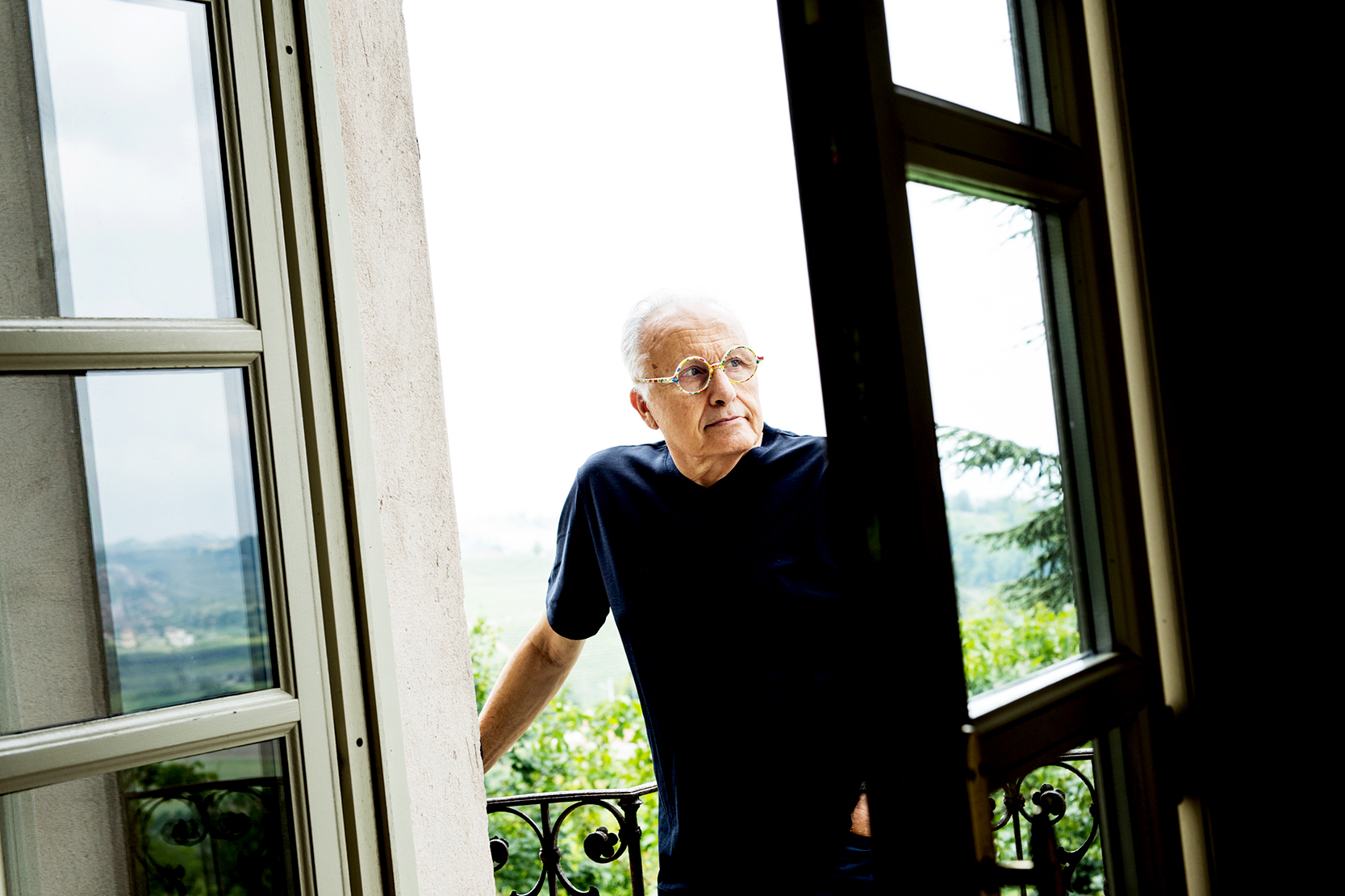
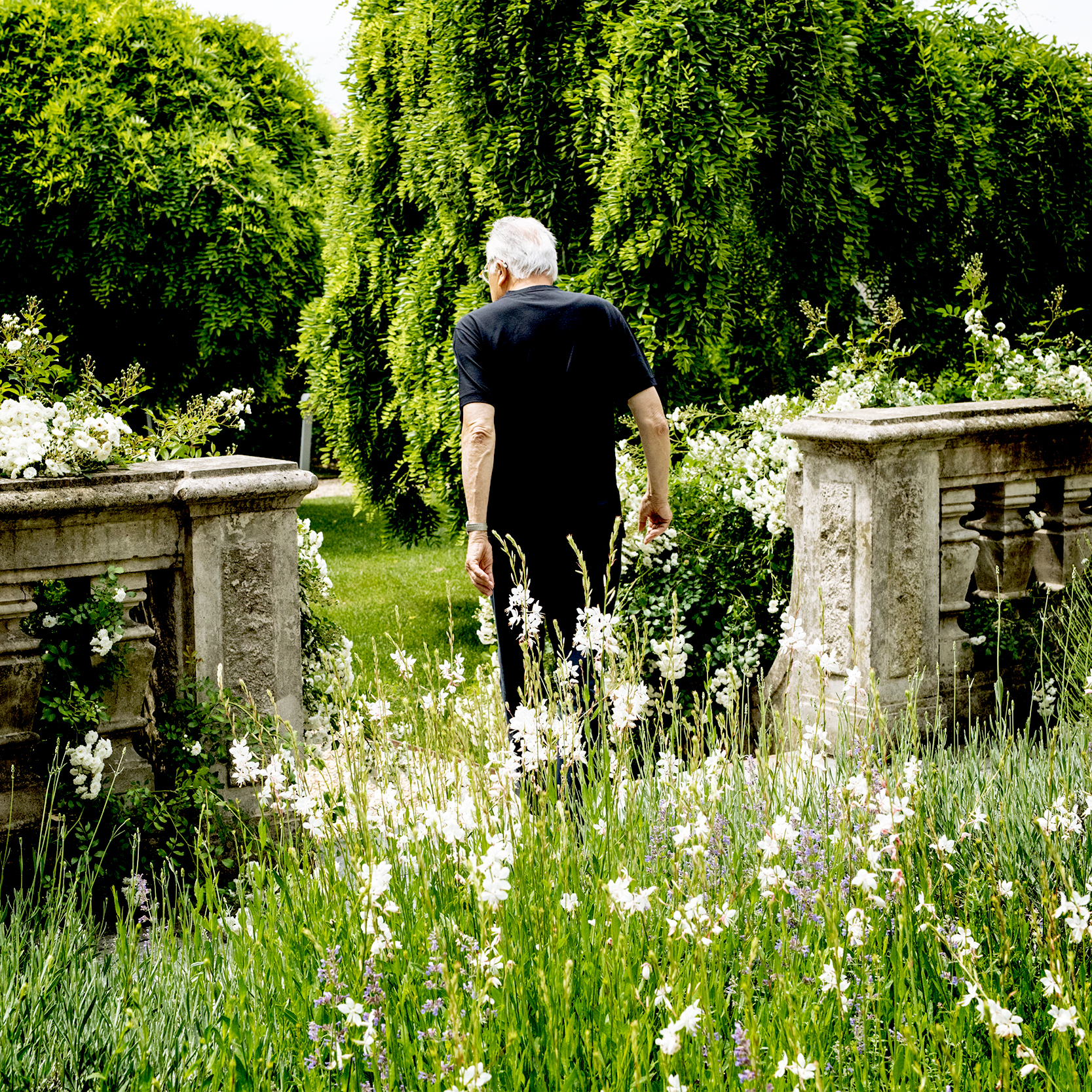
"We are not biodynamic. We are Gaja!"
“Gaja” is the name that comes to mind first with the wines, then Barbaresco. Even so, Angelo Gaja and his family have done so much to raise the reputation and profile of not just Barbaresco but Piemonte wines in general, bringing them to the attention of the wine world. Gaja wines have helped to bring the price and the quality of Barbaresco and Barolo to world-class levels and the image and status of these wines to the attention of wine connoisseurs around the world.
Today, Angelo could easily rest on his laurels, having comfortably installed the next generation into the family business with his two daughters, Gaia and Rossana, and son Giovanni all deeply involved. Now in his 80s, one might imagine that he would think about having a rest. But no, he shows no signs of slowing down. Indeed, he seems to be speeding up: as Angelo aptly commented about his joint venture IDDA project on the slopes of Etna, “I believe that old age starts when the regrets are more than the dreams.”
"I believe that old age starts when the regrets are more than the dreams."
One of his current goals is to find cooler and higher elevation locations that, by their nature, handle better the effects of climate change; this and focussing his mind on giving Italy’s white wines a helping hand to achieve world-class status. The IDDA project and the new vineyard acquisitions in Trezzo Tinella in Alta Langhe focus on white grape varieties and high-altitude vineyards.
In 2016, with the IDDA project, he entered a partnership with leading Etna producer Graci. “Etna was something that I have been feeling under the skin for some time,” says Angelo. “Idda” means “she” and is an affectionate name in Sicilian dialect, used by locals to refer to Mount Etna. Today, the winery owns 20 hectares of vineyards, at between 600 and 800 meters above sea level, in the villages of Belpasso and Biancavilla. There is a great focus upon Etna’s brilliant white grape variety Carricante, although they also cultivate the native red Nerello Mascalese. Gaja comments: “Etna, like Langa, is a place where elegant, enigmatic, and intriguing wines can be made. I also took into consideration the challenges of climate change; indeed, I find important the fact that Etna has the highest vineyards in Europe, and the harvest period is among the latest on the continent.”
The other recent project is the new plantings in Alta Langhe. I met Angelo’s daughter, the charming Gaia Gaja, in Piedmont and also at their Ca’ Marcanda estate in Bolgheri this year, and we talked about this new project in Alta Langhe. In 2015, they bought 30 hectares of abandoned hazelnut fields at an altitude of between 650-700 meters, and they planted 14 hectares of white grapes. “We gave priority to Chardonnay and Sauvignon Blanc as these are early ripening varieties,” says Gaia. “We are also open to experimenting with other varieties such as Timorasso, Pinot Bianco, Erbaluce, Nebbiolo, and Pinot Noir, so we planted a little of all these other varieties, [and are] waiting to see the results in the next years. Meanwhile, we are building a winery there to welcome the grapes coming from the new vineyards. The winery will be ready for the 2023 vintage.” Gaja have already completed micro-fermentations of these grapes at the winery in Barbaresco and will do the same this year. These were simple stainless-steel fermentations, just to understand the character of the area. At present, they are not sure whether they will use the grapes for their existing white wines, Gaia & Rey, Rossj-Bass, and Alteni di Brassica, or for a new wine, but Gaia says, “Nature will tell us.” The baton has been passed firmly on to the next generation and some of the uncertainties of the future are already being planned for.
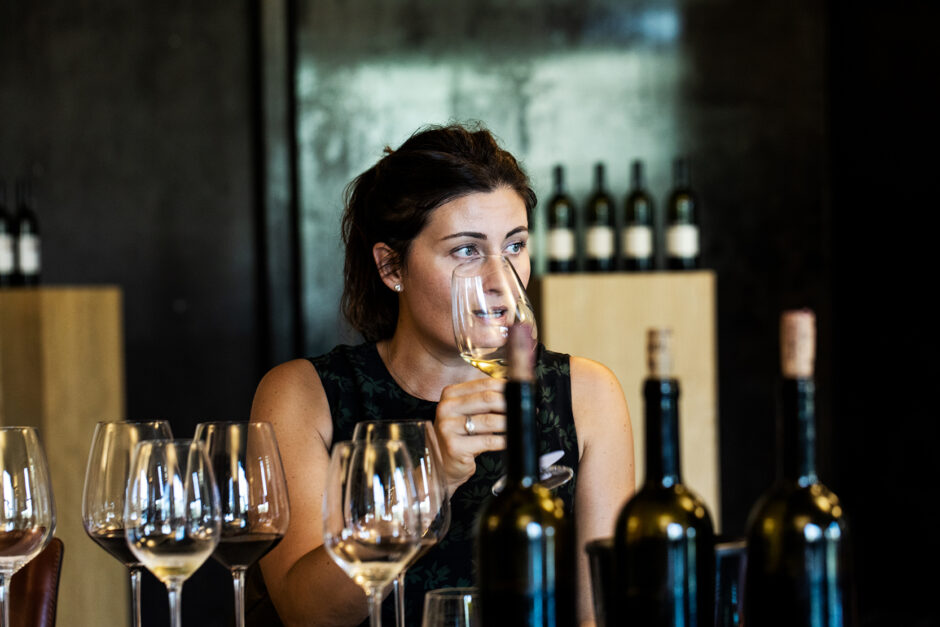
I remember meeting Angelo Gaja for the first time a few years ago, and after tasting together, he offered to take me on a tour of some of their vineyards. Angelo drove his big, comfortable Audi along the unpaved earth vineyard terraces. The car grumbled and strained, but eventually, we rattled through the vineyards at quite a pace, only to find at the end of our tour that we had punctured a tire. So, we stopped in Serralunga for a bottle of Champagne and antipasti while his nephew Stefano sorted out the troubled car. Locals have commented that when Angelo was a young man in his 20s, he drove his tractor at speed through the town like a sports car; nowadays, he sometimes drives his car like a tractor. But the image it really brings to mind is of a man driven, focused, and determined to get to where he wants to go. In his time at the head of the family business, he has epitomized this determination and drive. When I think about Angelo Gaja, I am reminded of a line from the poem “On the Move”: “One is always nearer by not keeping still.”
–
Article & Reviews by Susan Hulme MW
Photos by Svante Örnberg
See more work from Svante at svanteornberg.se by clicking here!

PRODUCERS IN THIS ARTICLE
> Show all wines sorted by scoreMore articles

2021 Bordeaux in Bottle and A Modest Proposal
24th Apr 2024
599 tasting notes

Pilcrow’s New Releases
18th Apr 2024
7 tasting notes
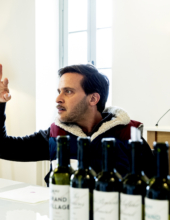
Bordeaux 2023 Primeurs Photo Essay
18th Apr 2024
0 tasting notes
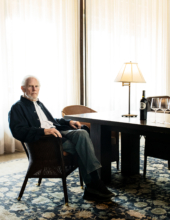
Harlan Estate, BOND, Promontory 2021 and 2011
11th Apr 2024
14 tasting notes
Show all articles